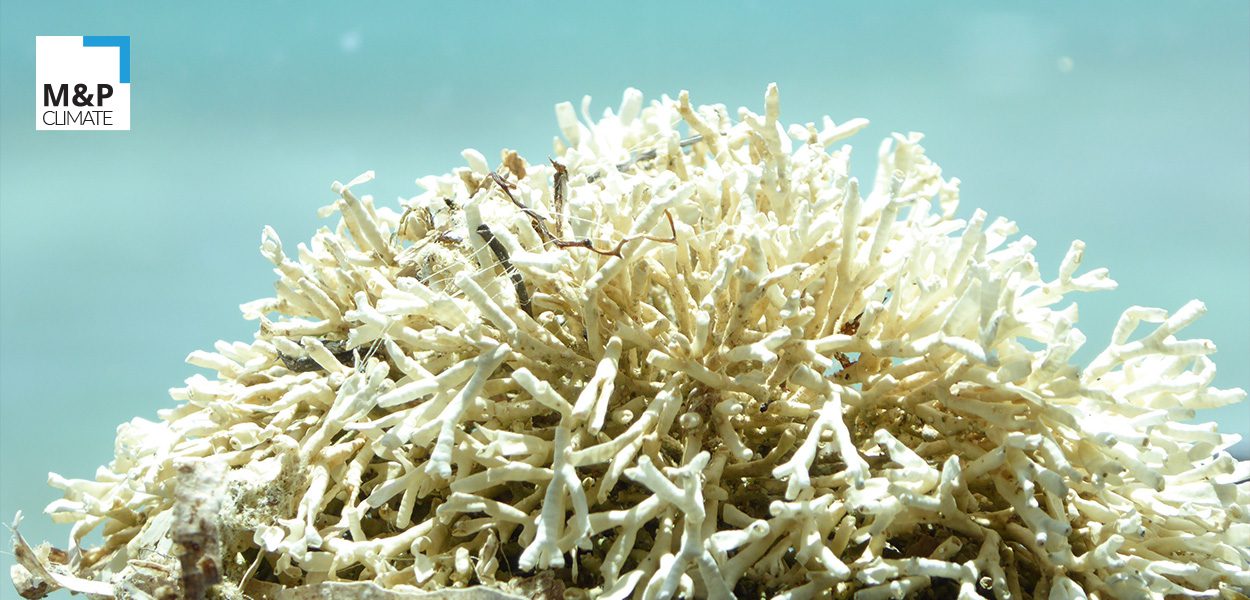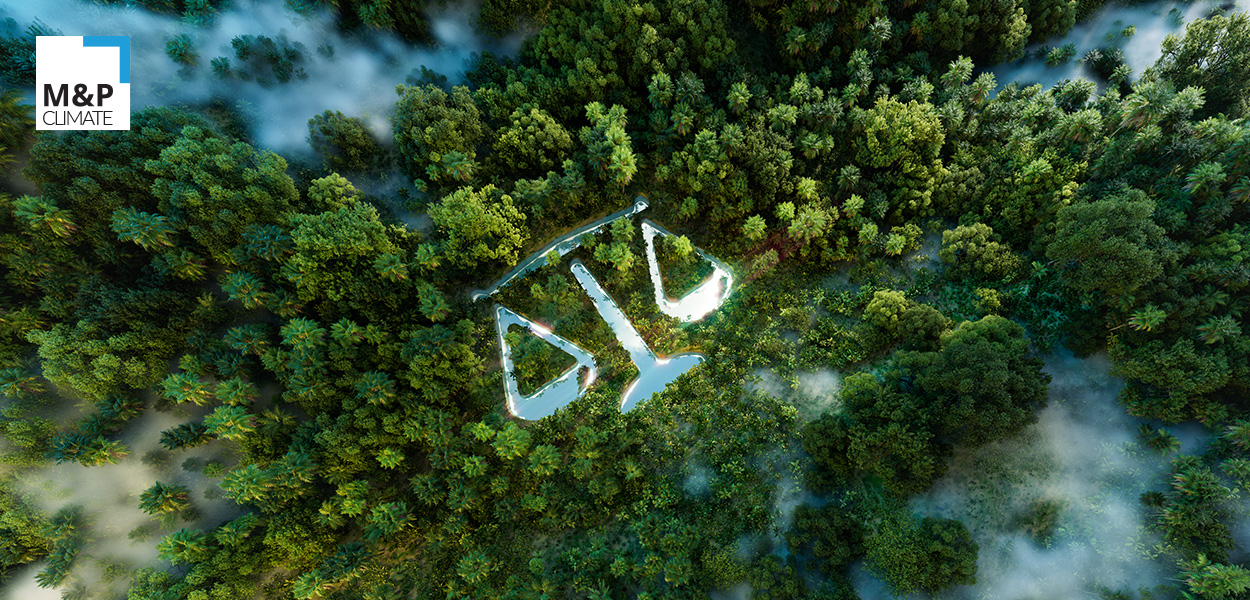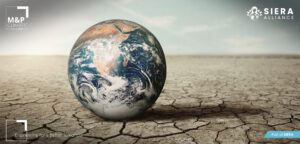Climate change is now impossible to overlook, with extreme events shaking ecosystems worldwide e.g. extreme weather, devastating wildfires, and disappearing coastlines. But what if I told you, these are just the tip of the iceberg? Beneath these dramatic headlines lies a deeper, more alarming crisis: the collapsing of entire ecosystems. Forests are shrinking, coral reefs are dying, and species are vanishing faster than we can count.
What does this mean for you? Quite simply, the air you breathe, the food you eat, and the stability of our global economy are at stake. This isn’t just about environmental loss—it’s about human survival. Understanding the impact of climate change on global ecosystems isn’t optional anymore; it’s essential.
This blog will not only break down how climate change is reshaping life on Earth but also offer concrete solutions to help protect what remains. If you want to grasp the full scale of what’s happening—and how we can still, make a difference—keep reading.
This is the most important issue of our time, and it affects every single one of us.
How Climate Change is Affecting Global Ecosystems?
Climate change has introduced a chain reaction of environmental consequences, from rising temperatures and sea levels to habitat destruction and biodiversity loss.
Let’s first look at some of the major ways in which climate change is affecting ecosystems across the globe.
1. Rising Temperatures and Heatwaves
The Earth’s temperature has risen by 1.1°C over the past century, with projections indicating that temperatures could increase by up to 3°C by the end of the century if no action is taken.
This temperature rise is reshaping ecosystems frequently:
- Polar Melting: As temperatures increase, polar ice caps are melting at unprecedented rates. This not only contributes to rising sea levels but also threatens species like polar bears that rely on sea ice for hunting and survival.
- Heatwaves: Prolonged periods of extreme heat are affecting both terrestrial and marine species. Plants and animals that can’t tolerate these higher temperatures are either migrating to cooler areas or facing extinction.
2. Ocean Acidification and Coral Bleaching
Oceans are absorbing approximately 30% of the carbon dioxide (CO2) emitted by human activities. This uptake of CO2 is causing ocean acidification, which reduces the pH of seawater, making it more difficult for marine organisms, especially corals, to survive.
- Coral Bleaching: Warmer oceans are also causing mass coral bleaching events. Corals expel the algae that provide them with nutrients and color, leaving the reefs white and vulnerable to death. By 2050, up to 90% of coral reefs could be lost due to this process.
3. Habitat Destruction and Loss of Biodiversity
Climate change effects are accelerating the destruction of natural habitats. Deforestation, wildfires, and desertification are driving habitat destruction, pushing many species to the brink of extinction.
- Species Extinction: The combination of habitat loss and climate shifts is resulting in a rapid decline in species diversity. The UN estimates that up to 1 million species are at risk of extinction within the next few decades due to human-induced climate change.
4. Rising Sea Levels and Coastal Ecosystems
The global warming impact is causing glaciers and polar ice caps to melt, contributing to rising sea levels. Coastal ecosystems are among the most vulnerable, and millions of people living in low-lying areas are at risk of displacement.
- Coastal Erosion: Rising sea levels erode shorelines, destroying natural habitats like mangrove forests and wetlands, which are essential for marine biodiversity.
- Flooding: Frequent and severe flooding not only displaces human communities but also disrupts the delicate balance of coastal ecosystems, leading to further biodiversity loss.
5. Shifting Ecosystem Dynamics
As the climate changes, so do the relationships between species within ecosystems. Ecosystem changes are occurring as some species migrate to new habitats, while others fail to adapt quickly enough. These shifts can lead to an imbalance in ecosystems, further exacerbating the environmental impact of climate change.
- Disrupted Food Chains: For example, in Arctic ecosystems, the loss of sea ice is not only affecting polar bears but also seals, fish, and microorganisms that are essential to the food web.
- Altered Migration Patterns: Birds and other migratory species are changing their migration schedules due to earlier springs and delayed winters, leading to mismatches in breeding and food availability.

What can we do to Mitigate the Impact of Climate Change?
While the impact of climate change on ecosystems is severe, there is hope. Mitigating strategies that focus on building climate resilience and employing nature-based solutions offer a pathway to protect both biodiversity and human communities. Here are some key strategies:
1. Reducing Greenhouse Gas Emissions
At the heart of climate mitigation efforts is the need to reduce the emissions of greenhouse gases like CO2 and methane. This requires a global transition to renewable energy sources and sustainable practices.
- Transition to Renewable Energy: Shifting away from fossil fuels toward renewable sources like solar, wind, and hydroelectric power can significantly reduce greenhouse gas emissions.
- Carbon Capture and Storage (CCS): Technologies that capture CO2 emissions from power plants and industrial processes and store them underground can help reduce atmospheric CO2 levels.
2. Nature-Based Solutions for Climate Resilience
Nature-based solutions involve working with natural processes to address environmental challenges, including climate change. These strategies not only help ecosystems recover but also provide services such as carbon sequestration, flood protection, and habitat restoration.
- Reforestation and Afforestation: Planting trees helps absorb CO2 from the atmosphere, restoring degraded ecosystems and providing habitat for wildlife.
- Wetland Restoration: Wetlands act as natural buffers against floods and storms while absorbing large amounts of carbon. Restoring and protecting wetlands can help mitigate both climate change and habitat loss.
- Mangrove Forests: Protecting mangrove forests along coastlines provides natural protection against storm surges and rising sea levels while serving as a nursery for fish and other marine species.
3. Protecting and Restoring Biodiversity
Given the direct link between climate change and biodiversity loss, it is essential to protect ecosystems that are rich in species diversity. This can be achieved through the creation of protected areas, sustainable land-use practices, and targeted conservation efforts.
- Creating Protected Areas: Governments can establish national parks and marine reserves to safeguard critical ecosystems from human development.
- Conservation of Endangered Species: Protecting species that are most vulnerable to climate change effects on biodiversity, such as polar bears, tigers, and amphibians, can help maintain ecosystem balance.
4. Climate-Resilient Agricultural Practices
Agriculture is both a major contributor to greenhouse gas emissions and highly vulnerable to climate change effects. Adopting sustainable and climate-resilient agricultural practices is crucial for mitigating climate impacts while ensuring food security.
- Agroforestry: Integrating trees into agricultural landscapes can improve soil health, sequester carbon, and provide habitats for wildlife.
- Sustainable Water Management: Reducing water waste and improving irrigation efficiency can help farmers adapt to changing rainfall patterns while conserving water resources.
5. International Collaboration and Policy Interventions
No single country can tackle climate change alone. International agreements and collaborations, such as the Paris Agreement, play a crucial role in ensuring global efforts are coordinated and effective.
- Paris Agreement: This global accord aims to limit global warming to below 2°C, with countries committing to reduce their greenhouse gas emissions and support climate adaptation efforts.
- Biodiversity Conservation Targets: International bodies such as the Convention on Biological Diversity (CBD) set global biodiversity targets, encouraging nations to protect ecosystems and species at risk of extinction.
A Data-Driven Approach to Mitigation
To illustrate the interconnectedness between climate change effects and mitigation efforts, here’s a look at some key statistics from recent reports:
| Mitigation Strategy | Estimated Global Impact (by 2050) |
| Transition to 100% Renewable Energy | Reduce CO2 emissions by up to 70% globally |
| Reforestation of Degraded Land | Potential to sequester up to 1.1 gigatons of CO2 per year |
| Wetland Restoration | Restore 35 million hectares globally, mitigating flood risks for over 300 million people |
| Marine Protected Areas | Safeguard 30% of oceans, enhancing climate resilience for marine ecosystems |
The Time to Act is Now
The impact of climate change on global ecosystems is far-reaching, affecting everything from marine life to terrestrial habitats. The urgency of the situation cannot be overstated—entire species are at risk of extinction, ecosystems are collapsing, and the world’s most vulnerable populations are bearing the brunt of the damage.
However, there is still time to act. Through a combination of nature-based solutions, carbon reduction strategies, and international cooperation, we can build the climate resilience necessary to protect ecosystems and prevent further species extinction.
At M&P Climate, we provide essential climate protection advice to help businesses and organizations transition toward more sustainable practices. This includes comprehensive greenhouse gas balancing, tailored decarbonization strategies, and long-term sustainability planning. By adopting science-based targets and engaging in nature-based solutions, businesses can significantly reduce their carbon footprint while enhancing their resilience to future climate challenges.
Don’t forget the future of the planet depends on the actions we take today, both individually and collectively.








